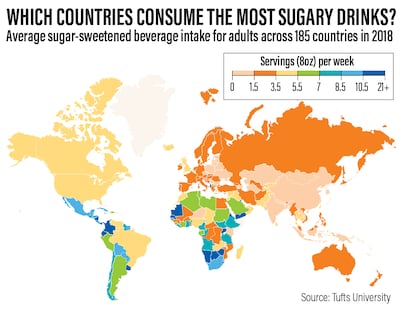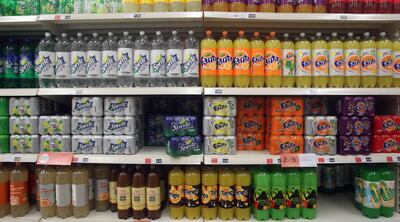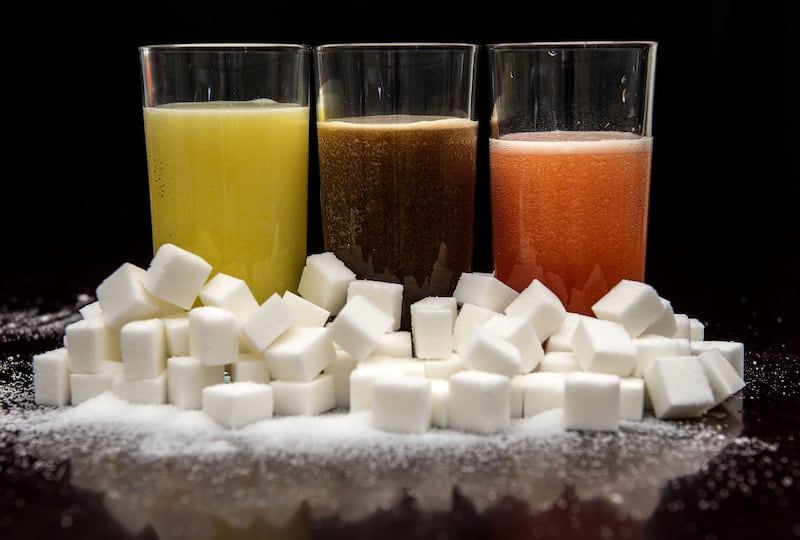The global consumption of sugary drinks has increased by nearly 16 per cent since 1990, according to a study.
Sweetened drinks have been linked to obesity and cardiometabolic diseases, which are among the main causes of death and disability globally.
Patterns by region and demographics
The data, analysed by researchers at the Friedman School of Nutrition Science and Policy at Tufts University, in Boston, US, indicates that the choice to consume sugary drinks is heavily influenced by geographical and demographic factors.
Globally, in 2018, the average person drank 2.7 sugary servings a week, up 0.37 from 1990.
However, this figure varied significantly, with people in South Asia drinking as little as 0.7 servings and those in Latin America and the Caribbean consuming as much as 7.8 servings.

Consumption was higher among males than females and was more prevalent in the younger population.
Laura Lara-Castor, first author on the study and PhD candidate at the Friedman School, told The National: “Some marketing strategies from the food industry tend to target younger ages or are more aggressive in regions with less regulatory policies.”
The relationship between consumption and education level or whether one lives in a rural or urban setting changes depending on the region.
Among the notable findings, urban and highly educated adults in sub-Saharan Africa and Latin America and the Caribbean had some of the world's highest sugary drink consumption, drinking 12.4 and 8.5 servings a week, respectively.
However, in the Middle East and North Africa, it was the opposite, with adults with more education drinking fewer sugar-sweetened beverages than those with less education.
The difference was about 1.23 fewer servings every week, which is a 25.2 per cent reduction.
In the region, city dwellers drank fewer sugary drinks than people living in rural areas. Specifically, people in cities had 0.81 fewer servings a week, which is 16.1 per cent less than those in the countryside.
“The Middle East/North Africa region had opposite findings by education level and area of residence for 2018 compared to the global findings and other regions,” Ms Lara-Castor told The National.
Here, regardless of how much education they had, people in rural areas consistently drank more sugary drinks than those in cities.

On a national level, Mexico, Ethiopia, the US and Nigeria topped the list for weekly sugary drink servings, while countries such as India, China, and Bangladesh had notably lower consumption rates.
“We were struck by the wide variations by world regions in 2018,” Ms Lara-Castor said. “These results suggest the need for more potent interventions.”
Potential causes for trends
The study, published in JAMA: the Journal of American Medical Association, did not directly pinpoint causes for these trends, but the researchers suggests factors might include targeted marketing by the beverage industry, the perception of Western diets as prestigious, and limited access to clean water in certain areas.
“Soda can reach the farthest places, and in some countries might be the only drinkable option at times due to water accessibility issues,” Ms Lara-Castor said.
Despite efforts to reduce its appeal, “sugar-sweetened beverage intake has increased in recent decades”, warned cardiologist Dariush Mozaffarian of the Friedman School.
The research underscores the need for national and targeted policies to cut consumption.
Researchers emphasise the importance of future studies focusing on children and adolescents, assessing the global impact of soft drink taxes, and delving deeper into country-specific consumption habits, including the influence of other sweet beverages.







